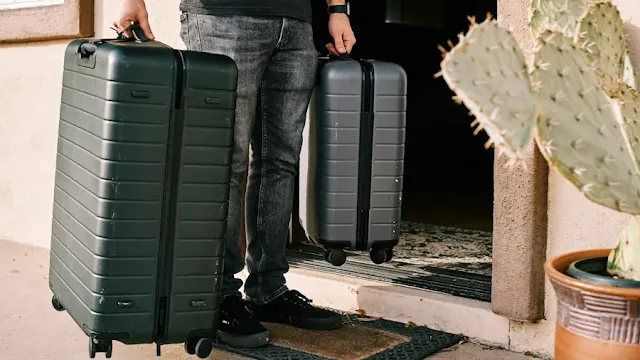Traveling with Spices in India: Airline Guidelines and Tips
Indian cuisine is celebrated globally for its rich and complex flavors, derived from an exquisite blend of spices. Whether you're a home cook aiming to master Indian recipes or a traveler wanting to bring a taste of India back home, understanding the regulations around carrying spices on flights within India is essential. This guide will help you navigate the rules and tips for transporting your beloved spices, ensuring a smooth journey through airport security and customs.
Indian Airlines' Guidelines for Carrying Spices on Board
When flying within India, each airline has its own set of rules and guidelines regarding the transportation of spices. Understanding these regulations can help you avoid complications and ensure your spices make it to your destination without any issues. Here's a detailed look at the policies of some of India's major airlines:
Air India
Air India allows passengers to carry spices in both checked and cabin baggage. However, it is recommended to pack spices securely to prevent spills and to avoid strong odors that might affect other passengers. Ensure that all containers are tightly sealed and, if possible, double-bagged.
- Checked Baggage: Spices can be packed in larger quantities, but they should be securely sealed and preferably placed in airtight containers.
- Cabin Baggage: Small quantities of spices can be carried, but they should be placed in containers that fit within the airline’s liquid and gel restrictions (100 ml per container).
IndiGo
IndiGo’s guidelines for carrying spices are quite similar to Air India's. The airline advises passengers to ensure spices are well-packed to avoid any leakage or strong smells.
- Checked Baggage: Spices can be carried in larger amounts, but they must be well-sealed in airtight containers to avoid contamination and spills.
- Cabin Baggage: Passengers are allowed to carry small quantities, and the containers should adhere to the liquid restrictions in place.
Vistara
Vistara permits the transportation of spices in both checked and cabin baggage, with a strong emphasis on secure packaging to prevent any disruption during the flight.
- Checked Baggage: Larger quantities of spices are allowed, provided they are packed securely in airtight containers.
- Cabin Baggage: Small amounts can be carried in containers that meet the airline’s liquid restrictions.
SpiceJet
SpiceJet also allows spices in both checked and cabin baggage, stressing the importance of proper packaging to prevent spills and odors.
- Checked Baggage: Spices can be transported in larger quantities, with an emphasis on secure, airtight packaging.
- Cabin Baggage: Small quantities are permissible, provided they are in containers that comply with the liquid restrictions.
Practical Advice for Carrying Spices
- Secure Packaging: Use airtight containers to pack your spices. Consider double-bagging them in zip-lock bags to provide an extra layer of security against spills and odors.
- Labeling: Clearly label your spices to avoid any confusion during security checks. This can help expedite the process and prevent unnecessary delays.
- Check Airline Policies: Always check the specific airline’s website or contact their customer service for the most up-to-date information on carrying spices.
- Quantity Restrictions: Be mindful of quantity restrictions for cabin baggage, especially regarding the 100 ml liquid rule, which applies to gels, liquids, and certain food items.
- Customs Regulations: If you’re flying internationally, be aware of the customs regulations of your destination country regarding the import of spices.
If you’re keen on creating authentic Indian dishes, having a comprehensive list of essential spices is a must. Here are some key spices you might want to carry:
- Cumin (Jeera)
- Coriander (Dhania)
- Turmeric (Haldi)
- Cardamom (Elaichi)
- Cinnamon (Dalchini)
- Mustard seeds (Rai)
- Fenugreek (Methi)
- Garam Masala
- Bay Leaves
- Asafoetida (Hing)
- Red Chili Powder
By adhering to the guidelines of airlines such as Air India, IndiGo, Vistara, and SpiceJet, you can ensure that your spices are transported safely and without incident. Proper packaging and awareness of airline policies are key to a hassle-free experience. Whether you are a culinary enthusiast or simply looking to bring a taste of India to your kitchen abroad, following these tips will help you enjoy your spices wherever you go.










